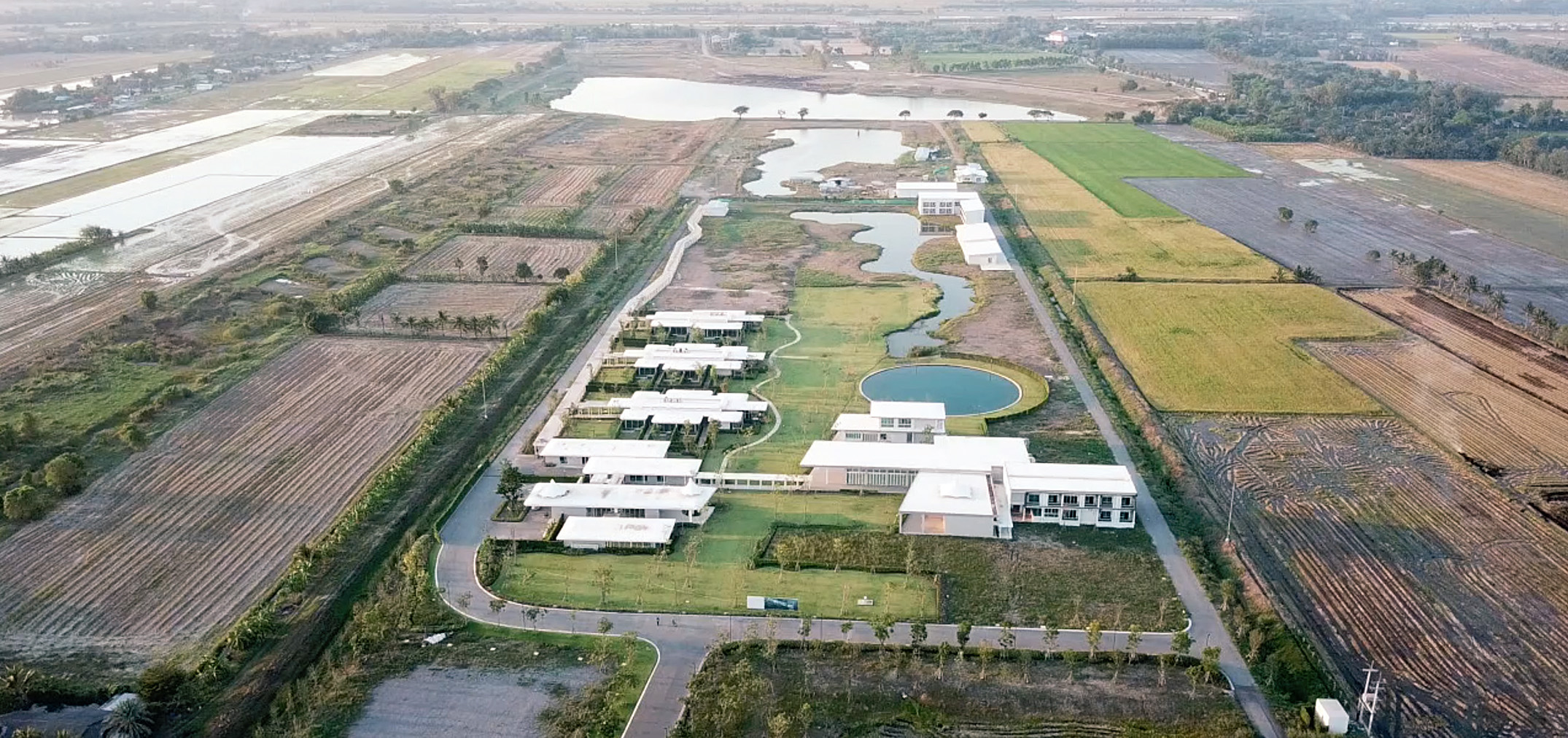Pink Park Village
“This project has great potential benefits for the poorest patients and the nation as a whole. This facility will relieve waiting lists for beds, because so often these cases cannot be discharged to recover when their home conditions are so unsuitable. We have also found patients sleeping under road bridges and in corridors while having outpatient treatment. Pink Park will contrast and complement the QSCBC’s advanced technological services, by focusing on specialised high quality nursing care.”
Dr Kris Chatamra – Director QSCBC and Chairman of the QSCBC Foundation

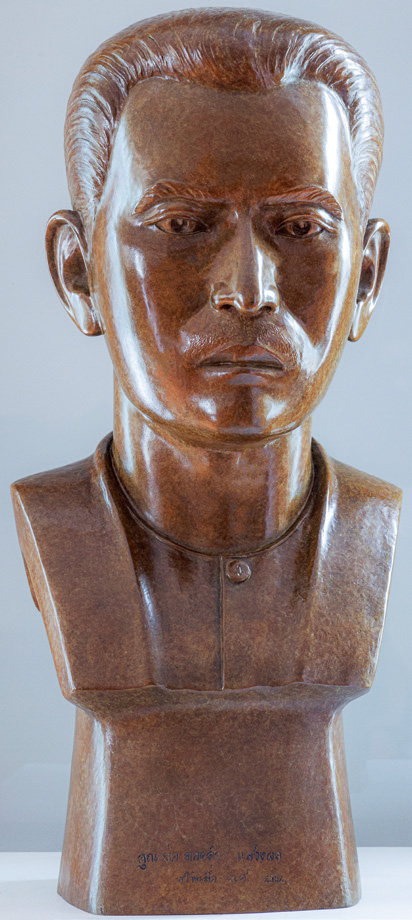
Nearly 50 acres of land was kindly donated to the QSCBC Foundation specifically for the Pink Park project, in memory of Tangdum Swangphon in 2008. The donation was designated to care for the underprivileged patients, who need a period of rehabilitation, convalescence, or a place to stay during treatment at the QSCBC and also for those nearing the end of life, providing relevant multidisciplinary care and a sympathetic and friendly sanctuary.
A special independent screening committee will make the final selection of eligible patients nationally and only those with the greatest need, because care is provided free of charge. The preliminary selection will be supported by the Thai Red Cross Society network nationally.


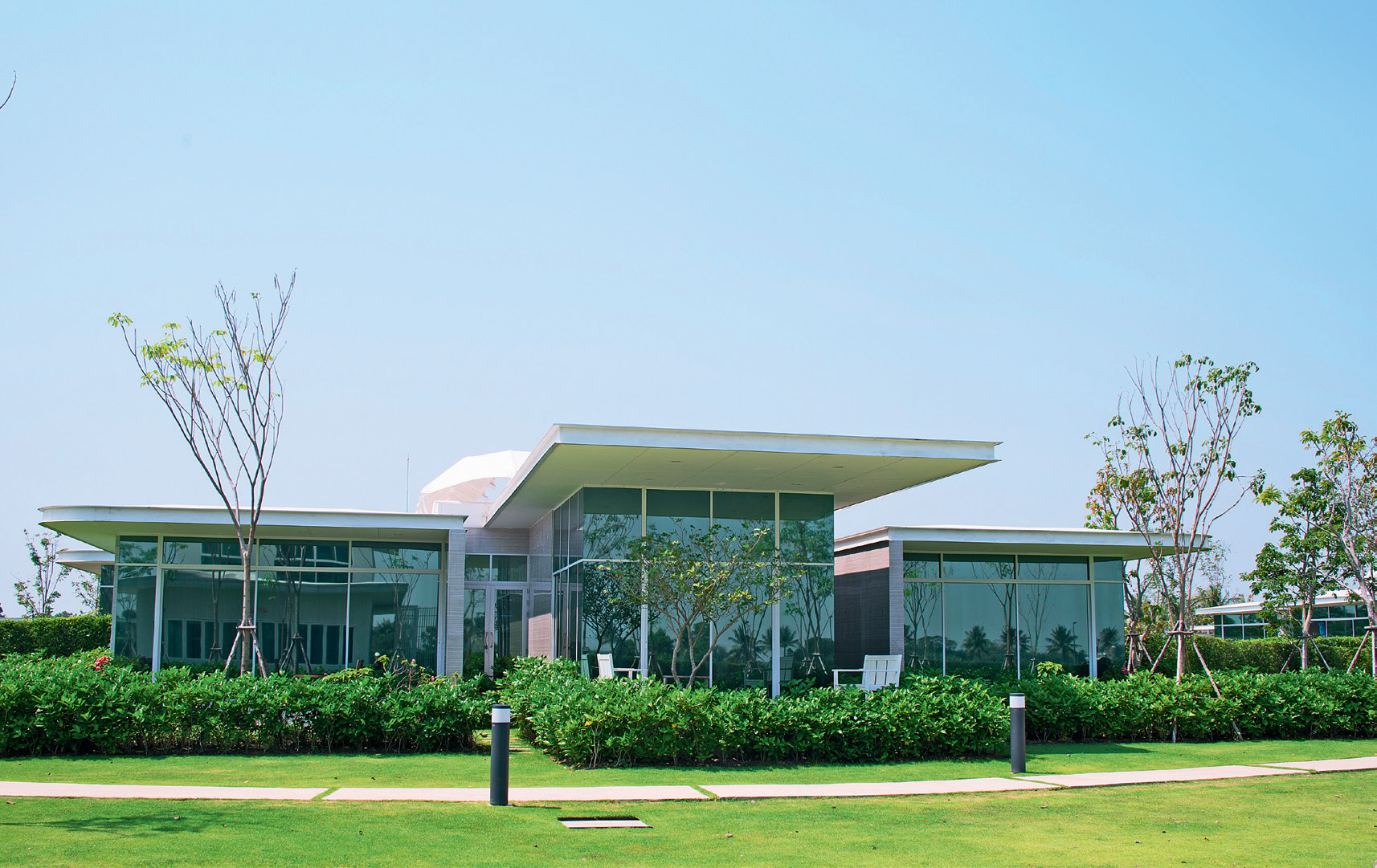
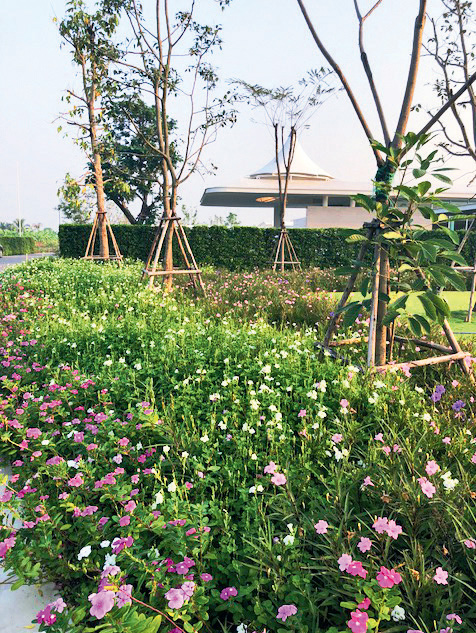
One of three buildings dedicated to breast cancer patients. Each building has eight separate rooms with balconies, so that patients can enjoy the surrounding gardens, replanted with hundreds of trees, to help create an environmentally friendly project.
Phase one of the project to care for sixteen convalescent patients and sixteen hospice patients is completed, in addition to the pharmacy, medical examination rooms and staff accommodation. The cancer rehabilitation centre will be the next phase to be commenced. Rehabilitation will offer psychological, occupational, as well as, physical therapy and will be supported by new skills and activities that may help a very low-income patient return to a better life after treatment. The QSCBC organised Thailand’s first ever formal training course for specialist nurse counsellors in the field of convalescence, palliative and end of-life-care, to support and train staff for Pink Park.
The work of the QSCBC in the slums of Bangkok for over twenty years, caring for the most underprivileged patients and the daily caseload of the centre, showed an urgent need for a facility which could offer a safe, clean place for patients to recover after treatment. The QSCBC’s extensive experience highlighted the problem that patients could not be discharged home, because the conditions for so many individuals are dire in their slum communities. Patients are forced to recuperate for long periods in acute hospital beds at the QSCBC, occupying beds which are so desperately needed by new surgical patients. Other terminal patients cannot be discharged from hospital, because they would be left to die in unsanitary conditions, often in great pain. Pink Park will serve as a convalescent, cancer rehabilitation and hospice facility covering the needs of patients nationally and offering a refuge and sanctuary for those without financial means. Working closely with the Thai Red Cross national network, the QSCBC Foundation selected medical committee, will help identify the patients genuinely most in need.
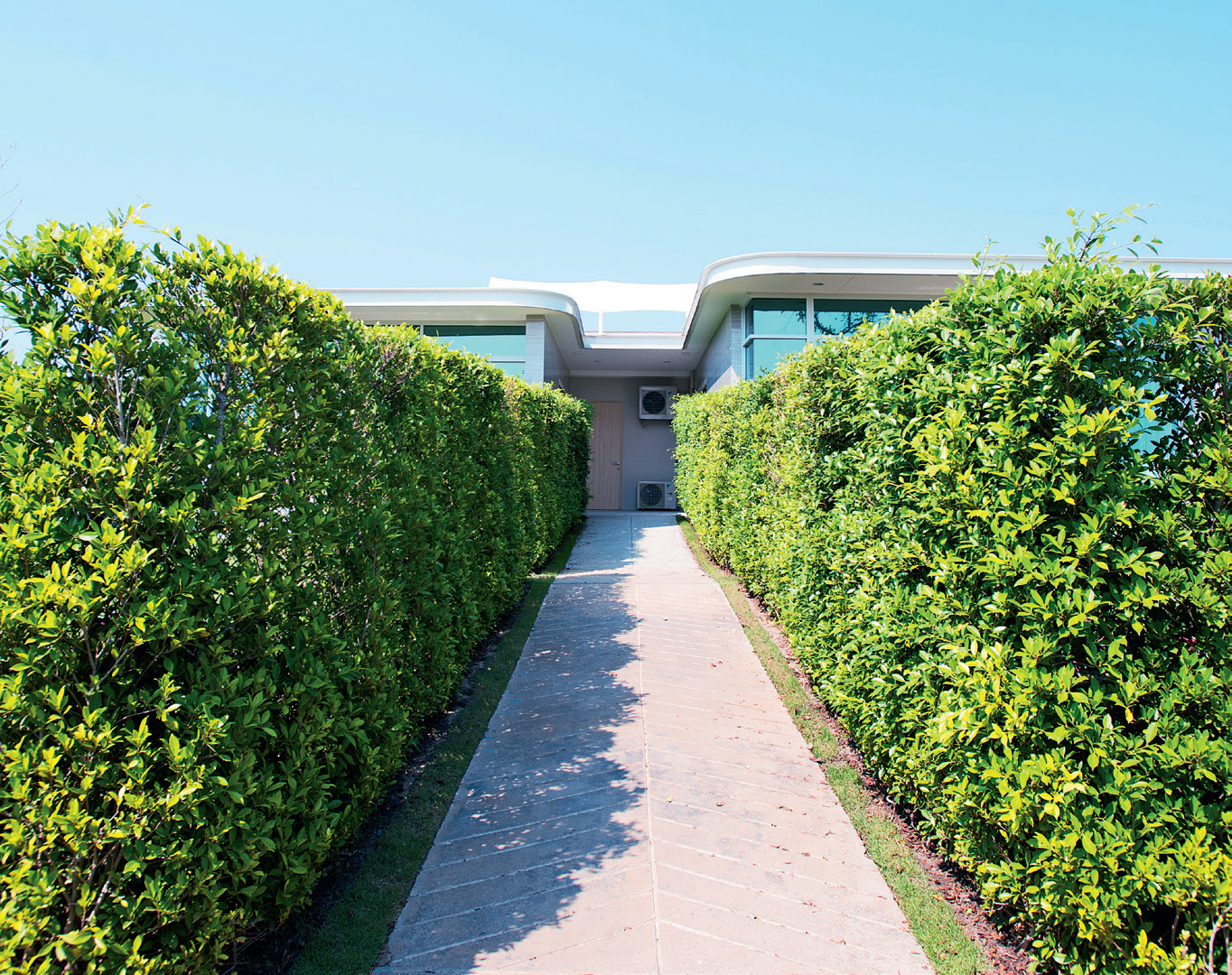
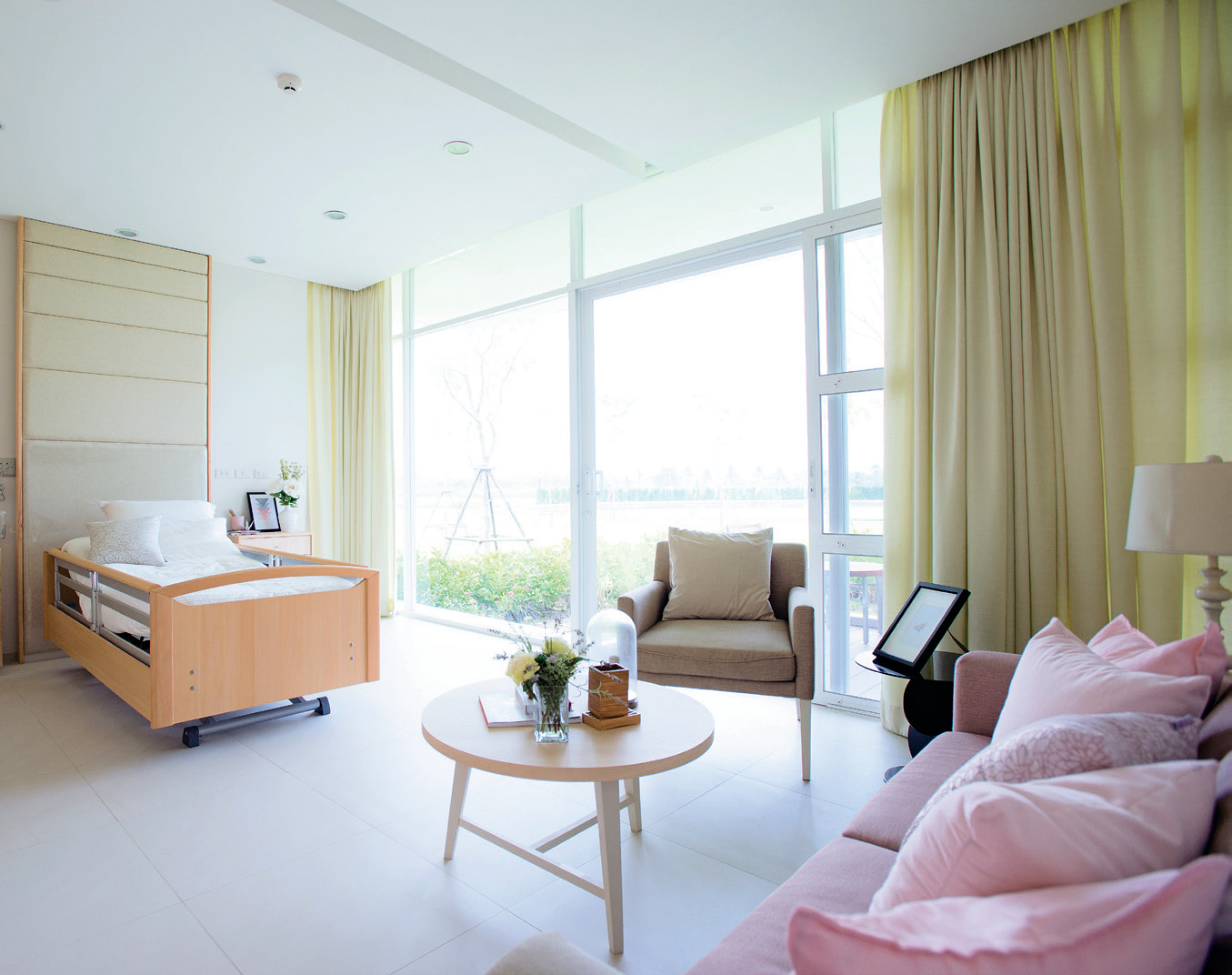
Before the QSCBC outreach project came to offer care
to the women who live in the slums, all I could do to help a woman
with breast cancer in the terminal stage of her life,
was to give her a bottle of rum, to help with the pain.
Sister Joan Evans, who worked with the QSCBC in the slums’ poorest communities for many years, highlighted the urgent need for a facility like Pink Park.
The Queen Sirikit Centre for Breast Cancer Foundation (QSCBCF), raises funds for projects including Pink Park. The leading Thai property developers Sansiri helped organise the project management of Pink Park and generously carried out the work on a pro bono basis. PLandscape (PLA), an international award-winning landscape design company also donated their services and won the Outstanding Award under the Social and Community Health Category of the International Federation of Landscape Architects AAPME Awards 2018, for their Pink Park design. The funds for the first three years of the project have been raised, but continued funding is needed to maintain the project. The Thai Red Cross Society has officially agreed to take over Pink Park if it is ever required.
“As landscape architects, we thought of our role on this project as not only an honor, but also recognition of the importance of landscapes as the original ‘natural therapy’. The landscaped gardens cover more than 50% of the site and the future northern organic farm and orchard will increase this amount again once the second stage is complete. It has been encouraging to witness the overwhelming amount of support shown by all those involved in the project and by the public, to create an environment of dignity and philanthropy from private individuals who donated trees, through the project website, to contractors who provided equipment and materials for free or at cost. Pink Park Village is truly an example of the spirit of community and collaboration.”
— Wannaporn Phornprapha, Lead Designer, Hathai Rojanasiripaitoon Landscape Architect of Record PLANDSCAPE Co.Ltd.
AN ENVIRONMENTALLY AWARE PROJECT
The fifty acres of donated land have been landscaped to prevent flooding
and responsibly resourced trees have been planted.
